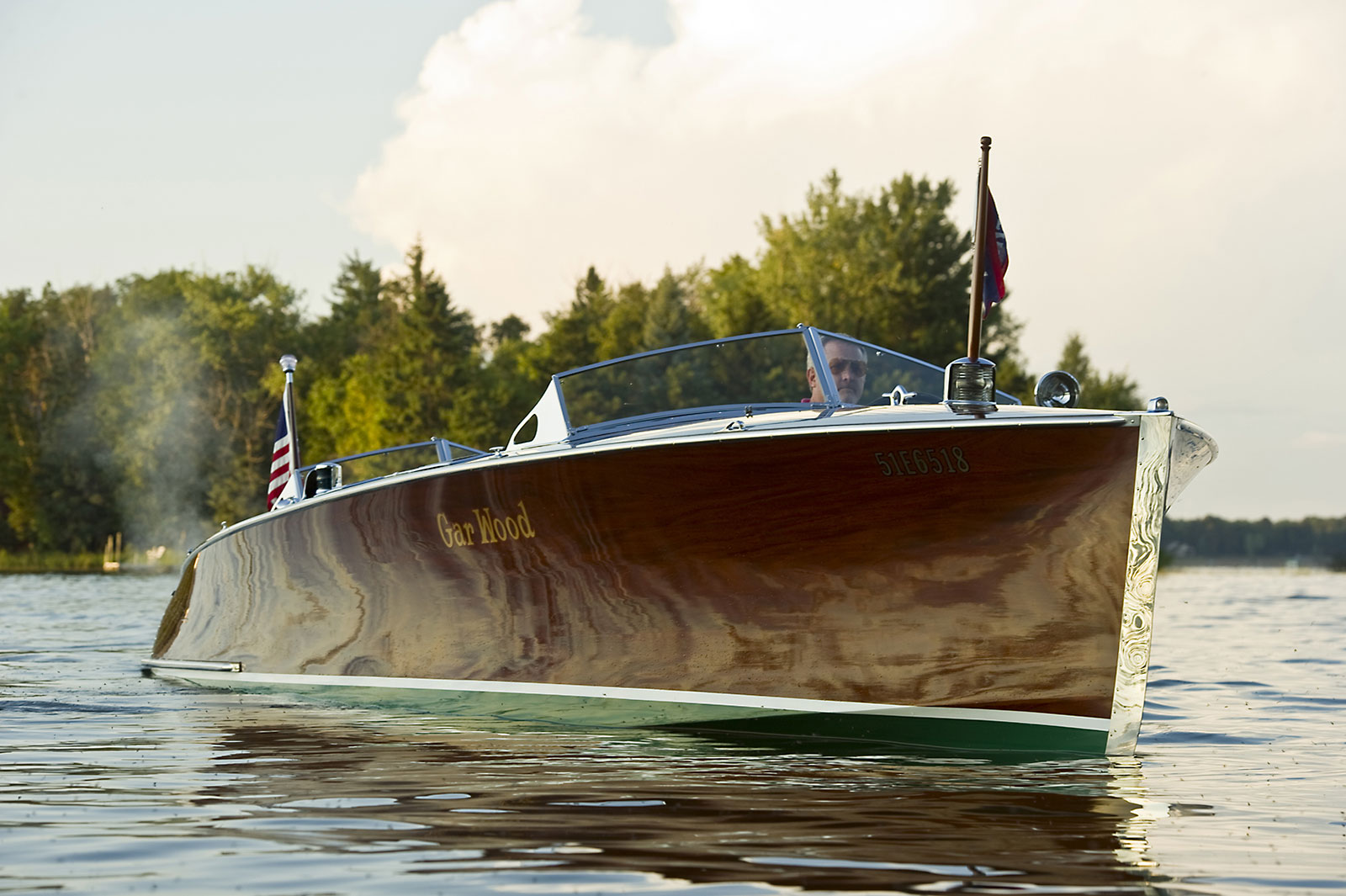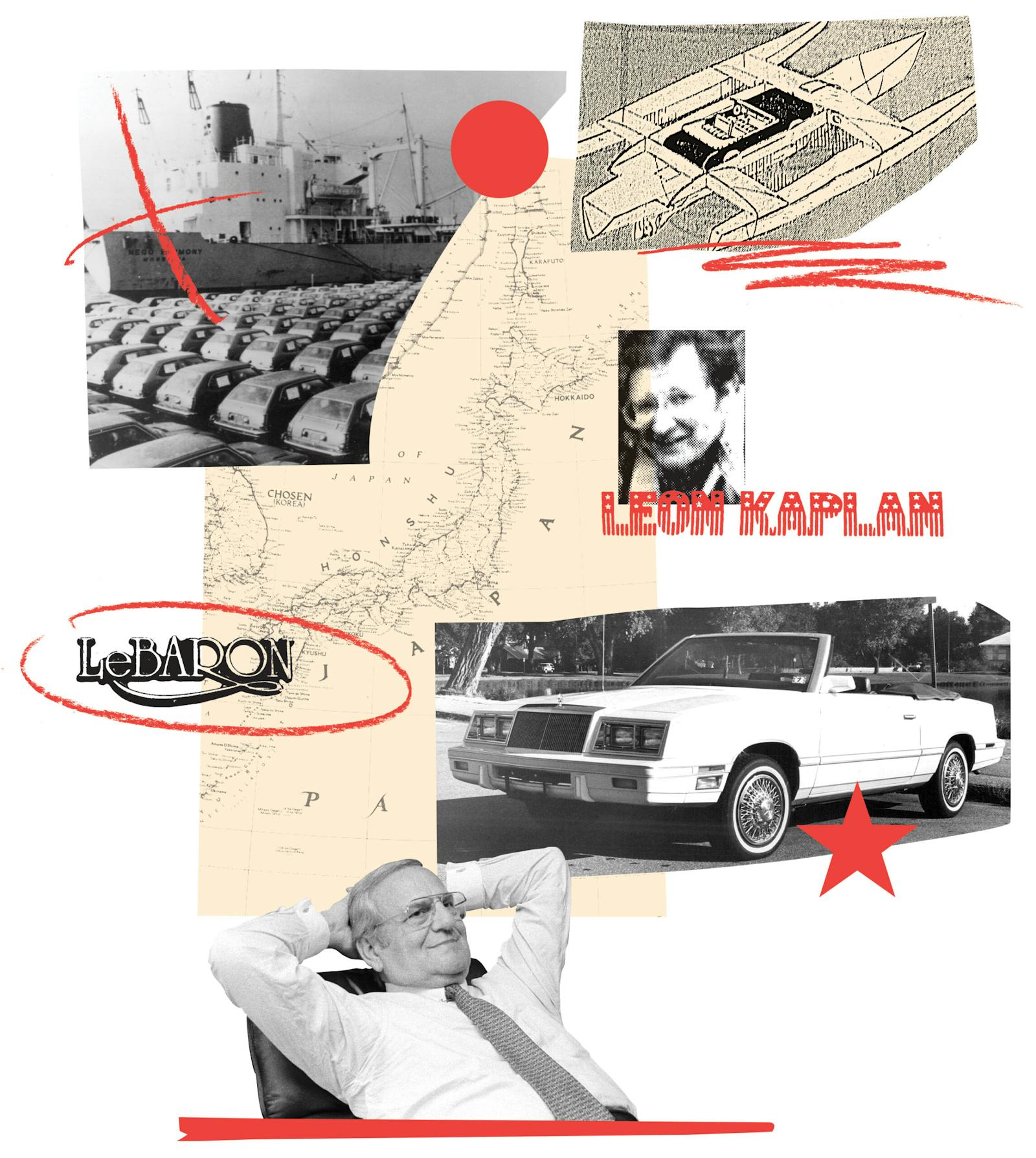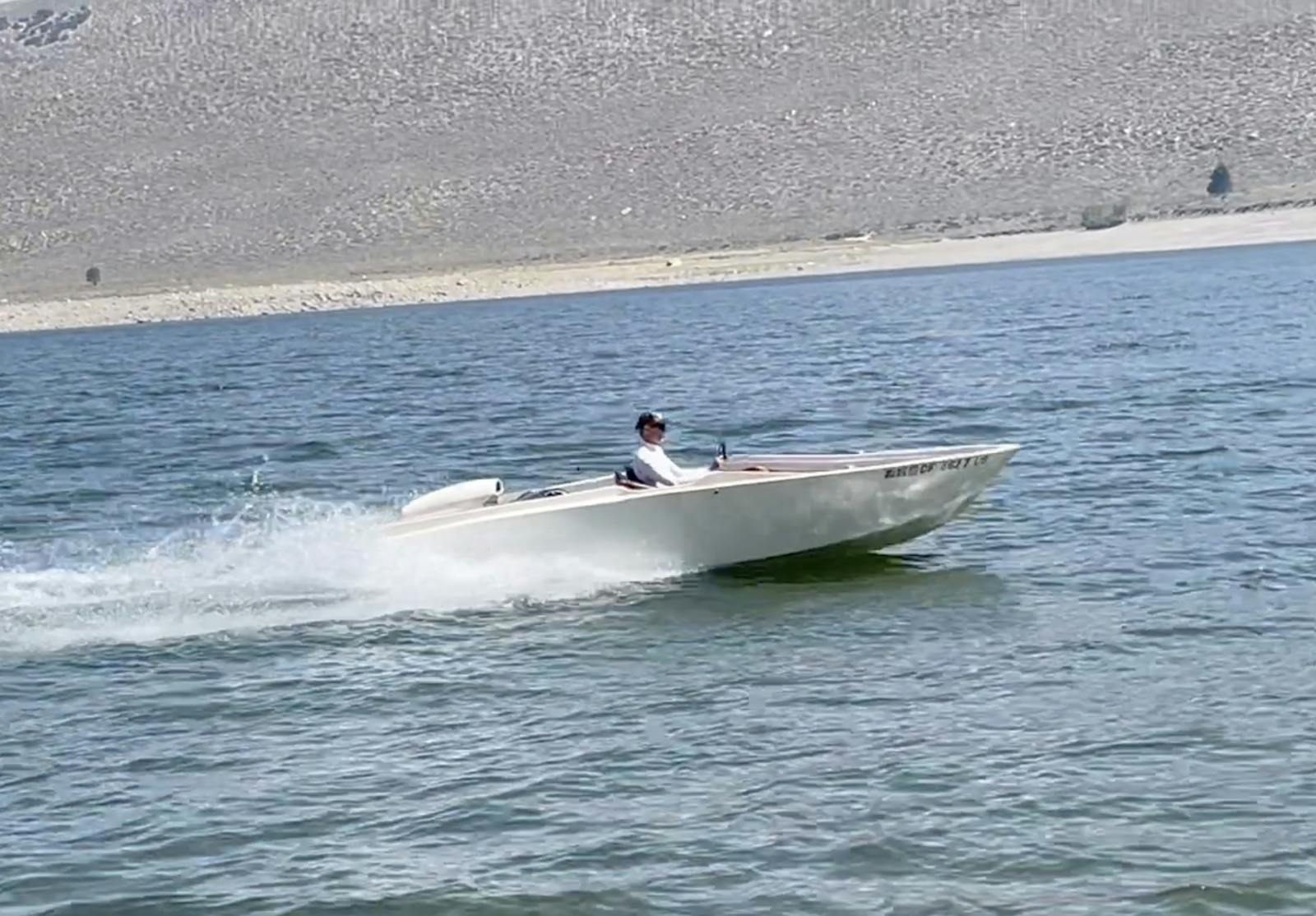Why are classic boats more rare, yet worth less than classic cars?
As most of you who read this will be more “car folks” than “boat folks”, we should begin this journey with some comparisons. Vintage boats are a scarce commodity, among the rarest American collectibles. Yet, when looking at vintage photos of manufacturing facilities at the Chris-Craft factory in Algonac, Mich., or the Gar Wood plant in Marysville, Mich., we see a “production line” and think boats were manufactured essentially like automobiles. The numbers just don’t bear that out, as you’ll see.
During the Great Depression’s depths, in 1932, Cadillac built 2005 V-12 and V-16 automobiles. Probably not a great year for Cadillac, but by comparison, from 1932 through 1939, Gar Wood built a total of about 1300 boats, seven years’ production, all models. While Chevrolet built almost 5,000,000 tri-fives (1955-1957), Chris-Craft, the worlds’ largest builder of boats, built only 2082 of the 22′ Sportsman model from 1946 through ’54. And this U-22, as it’s known, is the single model of which Chris-Craft built the greatest number.
Looking internationally, Bugatti built about 8,000 autos; Riva, the Italian boat manufacturer, built about 4,000 wood boats from the end of World War II through the early 1990s.
According to Brian Joseph (who owns Classic and Exotic Service in Troy, Mich,. and has serviced over 250 Duesenbergs), there are approximately 350 Duesenbergs in existence today. In 1932, Gar Wood built seven 28-foot triple-cockpit models, analogous to a Duesy, five of which are known to exist today.
What do these numbers tell us? First off, vintage boats in general were built in limited numbers compared to automobiles. Second, the grand classic boats of the 1930s were built in extremely small numbers. Don’t think in terms of an assembly line; Instead, consider it “serial custom boat building.”
This can cause some head scratching during the restoration process. We’ve (Editor’s note: the author, David Bortner, is “captain” at Freedom Boat Service) been fortunate to care for two of the five known 1932 28′ Gar Wood triple-cockpit boats. Similar to today’s McLaren Special Operations in the auto industry, it makes sense that buyers in the 1930s could order their boat with bespoke, custom accessories making each boat unique. Accordingly, the two boats we’ve minded had different hardware. One of the boats had hardware associated with an earlier model, one later. This lead us to wonder if they simply used up what was on the shelf before they began using the latest and greatest, much like Ferrari did from their birth through the early ‘70s.
The bigger surprise came after laser-measuring one of the boats hulls and commissioning a custom trailer. I then ordered a trailer for the second boat using the first boat’s measurements. It didn’t fit. Further measuring revealed not only a slightly different hull shape, but also marginally different length and beam.
Thus, in our world of “serial custom boat building” we must be very careful about pronouncements regarding what’s “correct”. The greatest thrill of my job is getting to learn something new every day!
Finally, you’re probably wondering what these grand classic boats are worth, right? Given their scarcity, they must command similar or even higher values than pre-war coachbuilt cars, right? Well, no, they don’t. Or they don’t yet. I’m (obviously) a bit subjective, but think boats are undervalued.
Why is that? If you’re going to successfully enjoy one of the grand classic boats, and really use it, it’s crucial that you maintain an on-water presence with an appropriate dock and boat-lift setup. That scenario allows the opportunity to experience the greatest luxury of coastal, river- or lake-side life: the 20-minute joy-ride. Another factor contributing to classic boats’ lesser comparative value is a lack of worldwide awareness that automobiles enjoy. In fact, outside the U.S. and Canada, Riva is the only pertinent, widely recognized brand.
While the boats are truly rare, the potential owner base of vintage wood boats is limited, too. Good news, and great value, for the discerning collector who wants to own and love a grand classic boat from the 1930s!
Editor’s note: The author, David Bortner, is “captain” at Freedom Boat Service.


